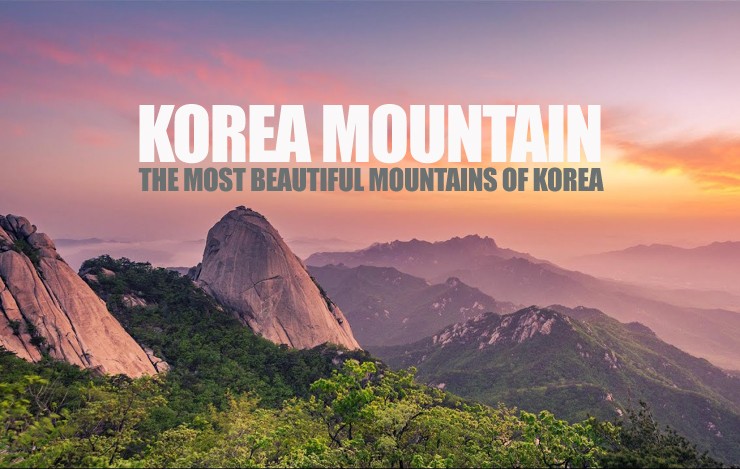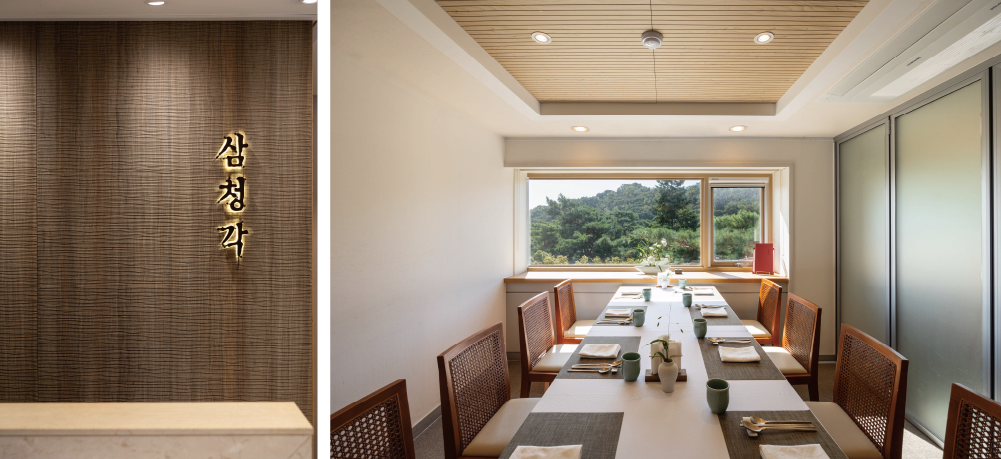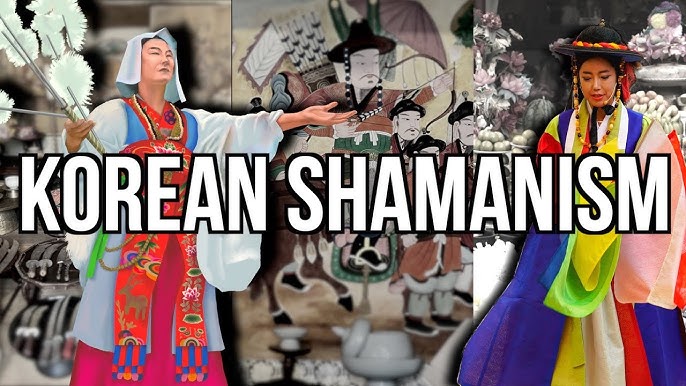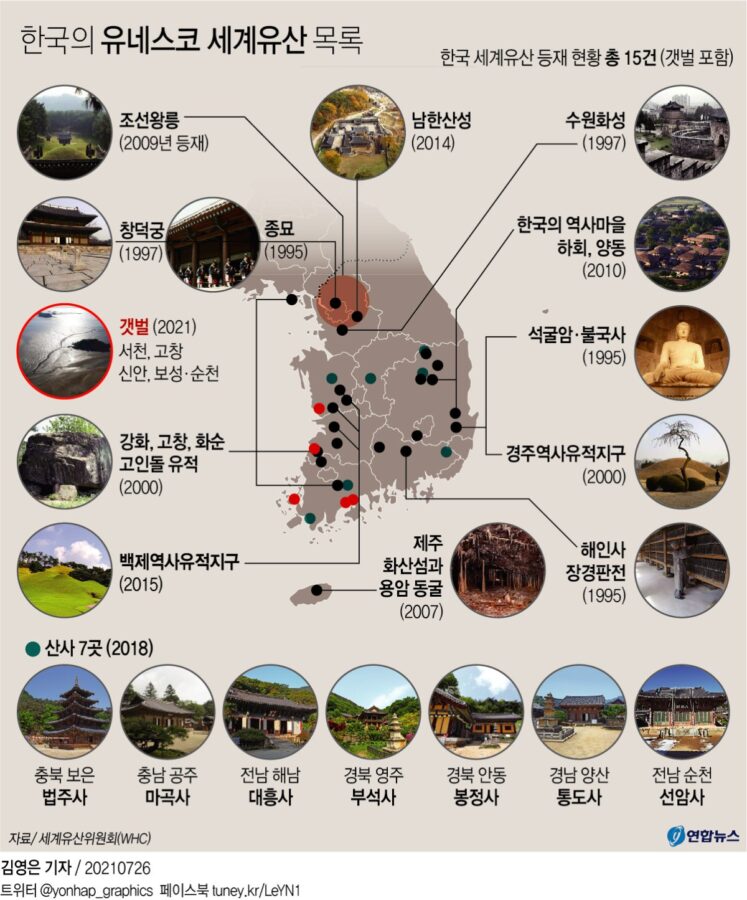
Korea’s UNESCO World Heritage Sites: A Journey Through Time and Cultural Heritage
Today, I would like to introduce you to the cultural heritage that spans across eras among Korea’s UNESCO World Heritage Sites. Korea is home to various places steeped in history and culture, where you can experience the beautiful history and culture of Korea by traveling through them. Shall we embark on this journey together?

Overview of Korea’s UNESCO World Heritage Sites
Korea is renowned for its diverse cultural heritage and historical sites. Among these heritages, those registered as UNESCO World Heritage Sites possess remarkable beauty and historical value. In this article, we will introduce Korea’s UNESCO World Heritage Sites and explore their characteristics and attractions.
Goguryeo Tombs: The Brilliant Legacy of an Ancient Civilization
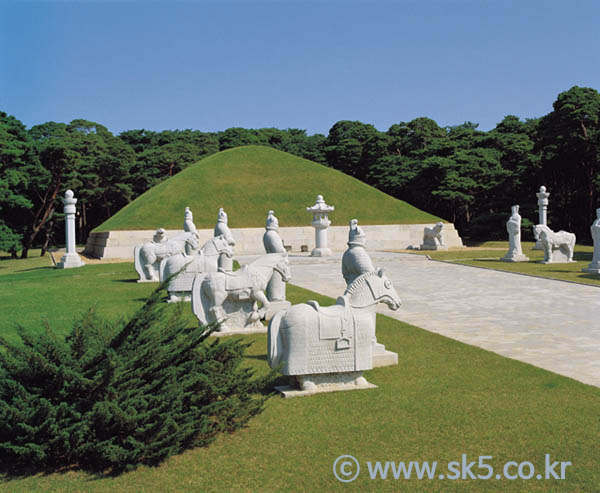
The Goguryeo Tombs, the largest ancient tombs on the Korean Peninsula and the tombs of the Goguryeo dynasty’s kings and nobles, offer a chance to appreciate various artworks and treasures left by them. The Cheonwangmun, in particular, is famous for its elaborate murals that attract many visitors.
Gyeongju Historic Areas: Walking Through the Golden Age of Silla
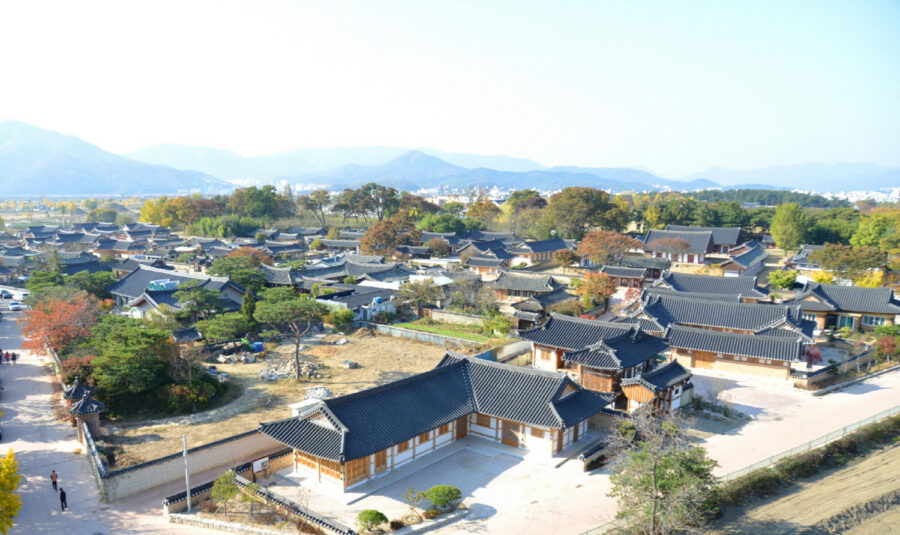
The Gyeongju Historic Areas are filled with various relics built along with the development of the Silla dynasty. Notable sites include Seokguram and Bulguksa, where you can appreciate national treasures. Cheomseongdae and Anapji are also beloved spots by many.
Changdeokgung and Jongmyo: The Spiritual Foundation of the Joseon Dynasty

Changdeokgung and Jongmyo, as the palace and royal shrine of the Joseon Dynasty, encapsulate the dynasty’s spiritual foundation. Changdeokgung is the only existing royal palace with major buildings of the Joseon Dynasty, loved for its beautiful garden and traditional Korean architecture. Jongmyo, where royal ancestral rites were performed, is an important cultural heritage designated as National Treasure No. 159.
Haeinsa Temple Janggyeong Panjeon: The Essence of Buddhist Culture Haeinsa Temple
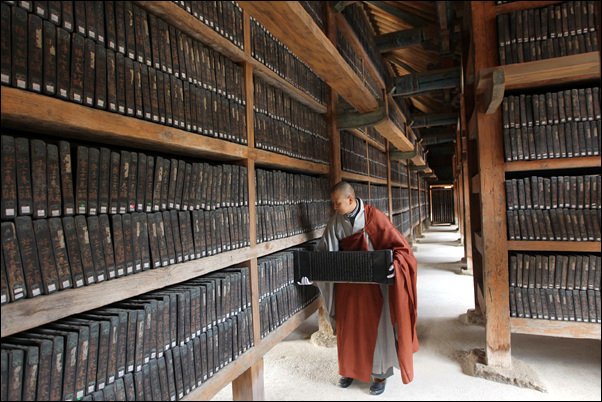
Janggyeong Panjeon, holding the world’s largest collection of Buddhist scriptures, is a critical aggregation of Buddhist culture. Here, one can appreciate Buddhist scriptures, enjoy meditation and contemplation in a quiet and peaceful atmosphere. Haeinsa is also known for its beautiful temple grounds and buildings harmonizing with nature.
Seowon: Educational Institutions of the Joseon Dynasty
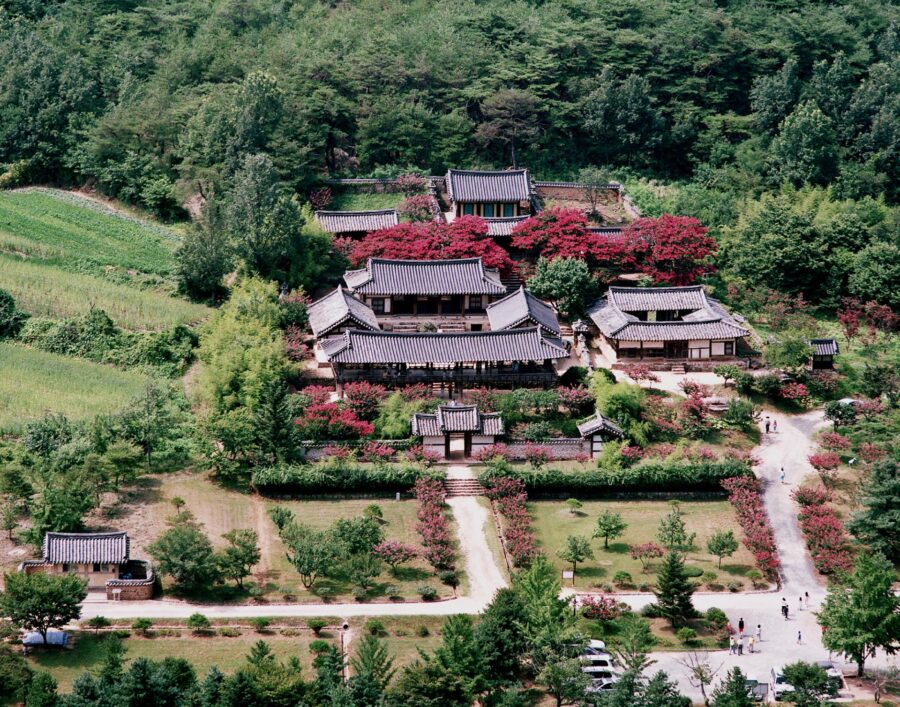
Seowon, responsible for education during the Joseon Dynasty, preserves traditional educational systems and values. Here, etiquette education and the transmission of Confucian values took place, and the buildings and gardens of Seowon retain the atmosphere of the Joseon Dynasty. Seowon is an important site for understanding Korea’s educational history and culture.
Jeju Volcanic Island: Harmony of Nature and Culture
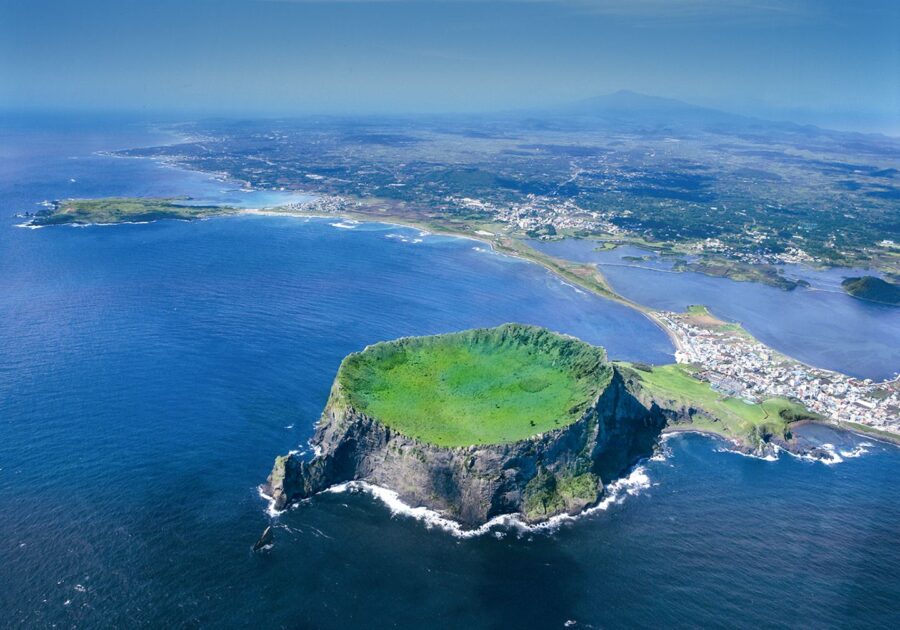
Jeju is a volcanic island with both natural beauty and unique culture. As a world-famous tourist destination, it offers various natural landscapes such as Hallasan, Udo, and Seongsan Ilchulbong. Jeju also possesses a unique culture and tradition, making it a popular spot for many.
Gochang, Hwasun, and Ganghwa Dolmen Sites: Mysteries of the Prehistoric Era
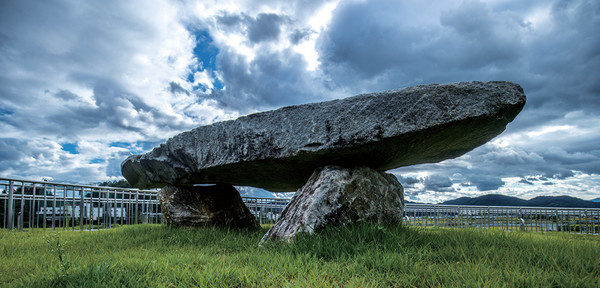
Gochang, Hwasun, and Ganghwa are areas rich in prehistoric dolmen sites, offering a glimpse into their civilization and lifestyle. Various shapes and sizes of dolmens can be seen here, and unraveling their stories and mysteries is a fascinating experience.
Andong Hahoe Village and Yangdong Village: Villages Breathing Tradition
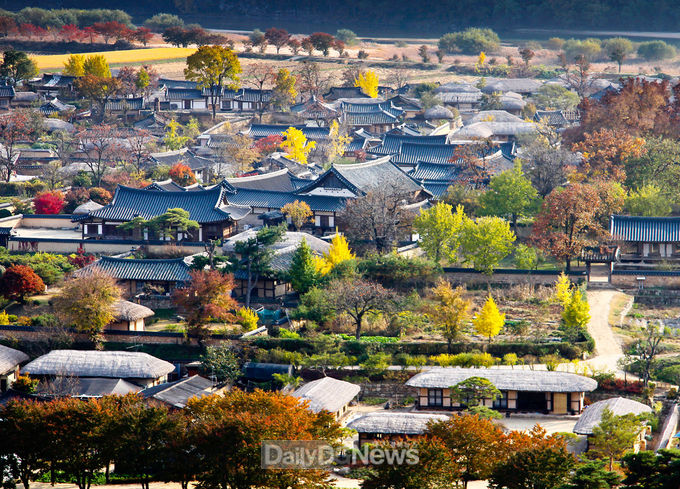
Andong Hahoe Village and Yangdong Village preserve the appearance and culture of traditional Korean villages. Here, one can experience traditional Korean houses, foods, and crafts, and communicate with the villagers to gain a deeper understanding of traditional culture.
Namhansanseong: A Fortress Alive with History
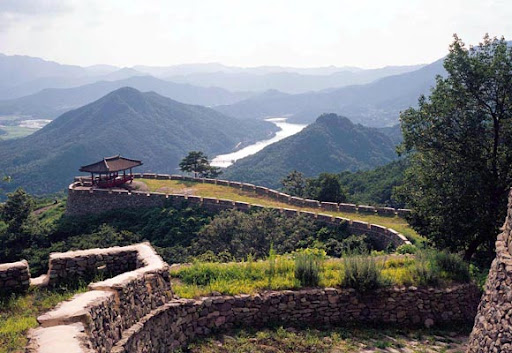
Namhansanseong, a fortress from the Joseon Dynasty, is filled with traces of history and war. Here, one can appreciate the military aspects and buildings of the Joseon Dynasty, and enjoy a quiet and peaceful atmosphere while walking along the trails.
Korea’s UNESCO World Heritage Sites are beloved by many for encapsulating diverse cultures and histories. The sites introduced in this article each possess their unique features and beauty, and are highly recommended spots for travelers visiting Korea.


